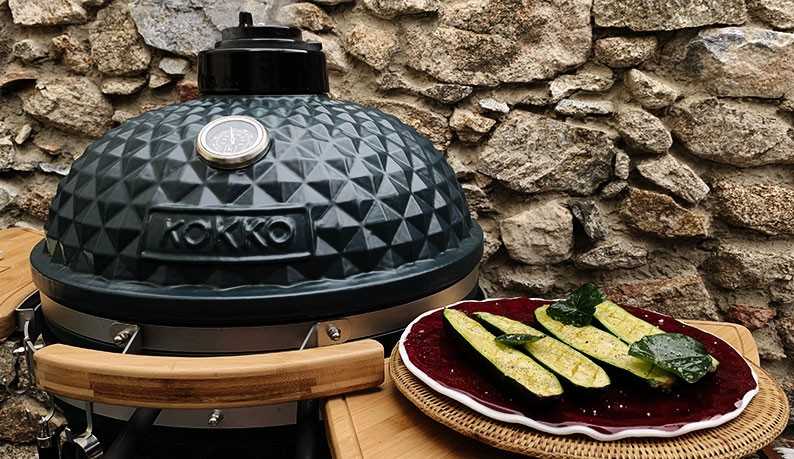Direct cooking is ideal for foods that don't require long cooking times, meaning less than 30 minutes. It's suitable for cooking all types of sausages, chipolatas, merguez, andouillettes, skewers, escalopes, chops, cutlets, and ground steaks. Even with short cooking times, direct cooking is primarily suitable for foods that are sufficiently 'resistant', such as the mentioned meat cuts or certain vegetables like grilled peppers. For seafood, shellfish (shrimp, lobster, prawns, etc.) and certain fish like sea bream, sardines, or sea bass are well-suited for direct cooking because they only spend a few minutes on the grill. Check out our tips for perfectly grilling fish and cooking seafood on the barbecue.
